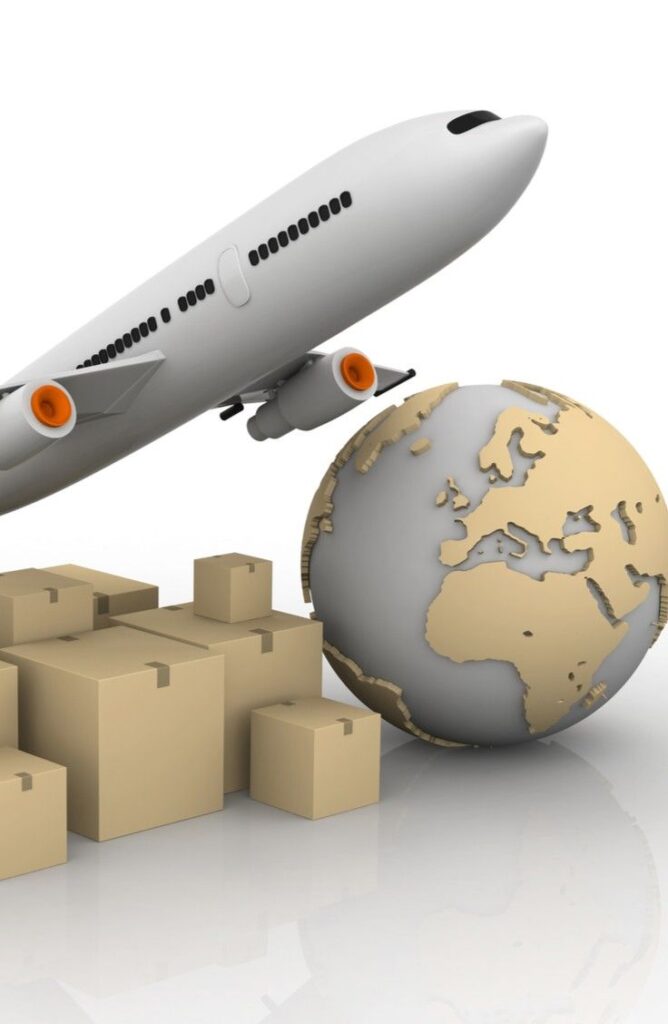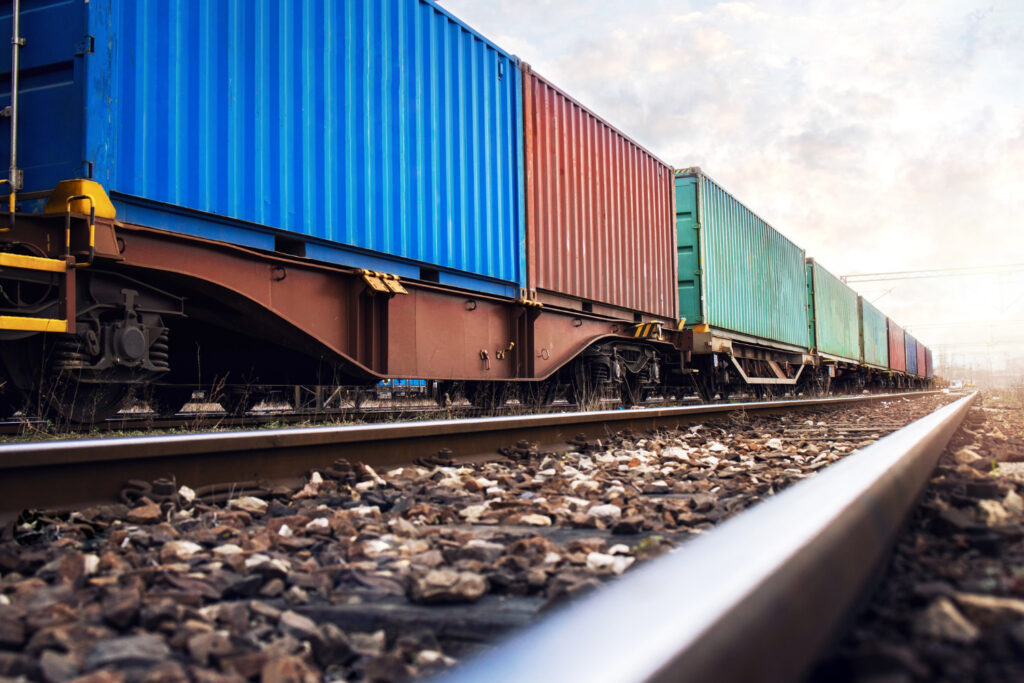- By TOP CHINA FREIGHT
- August 25, 2025
- Shipping
When planning a shipment from China to Europe, many importers face urgent questions: How long will it take? How much will shipping cost? Will customs delay my delivery? Navigating international logistics can be overwhelming, especially for first-time importers. This guide will walk you through every step of your shipment from China to Europe, offering actionable tips, cost-saving strategies, and solutions to ensure your goods arrive safely and on time.

1.Choosing the Right Shipping Method
Selecting the correct transport method is crucial for balancing cost, speed, and reliability. The main options include:
| Shipping Method | Transit Time | Average Cost | Best For |
|---|---|---|---|
| Sea Freight | 25–40 days | Low | Bulk shipments, heavy goods, non-urgent deliveries |
| Air Freight | 5–10 days | High | Urgent orders, high-value goods, electronics |
| Express Courier | 3–7 days | Very High | Samples, small parcels, urgent deliveries |
| Rail Freight | 15–25 days | Medium | Medium-to-large shipments, eco-friendly shipments |
Key Takeaways:
- Sea freight is the most economical for FCL or LCL shipments.
- Air freight provides speed for urgent shipments but at a higher cost.
- Rail freight, using the China-Europe rail corridor, balances cost and time.
- Express courier ensures fast door-to-door delivery but suits smaller parcels.
Pro Tip:
For mixed urgency shipments, combining sea and air freight can optimize both cost and delivery time for your shipment from China to Europe.
2.Step-by-Step Process for Shipment from China to Europe
Shipping from China to Europe involves multiple stages. Following each step carefully can prevent delays and extra costs:
1.Supplier Coordination:
Confirm product availability, packaging standards, and shipment readiness.
2.Freight Forwarder Selection:
Choose a forwarder experienced in European customs and multi-modal shipping.
3.Booking Shipment:
Reserve space on a vessel, flight, or train depending on the chosen method.
4.Documentation Preparation:
Prepare commercial invoices, packing lists, bills of lading/airway bills, and certificates of origin.
5.Customs Clearance in China:
Ensure compliance with Chinese export regulations.
6.Transit & Tracking:
Monitor your shipment en route to Europe.
7.European Customs Clearance:
Submit required documents and pay VAT or import duties.
8.Final Delivery:
Forwarder delivers goods to your warehouse or final destination.
Actionable Advice:
Ensure HS codes, product descriptions, and declared values are accurate to avoid customs delays in Europe for your shipment from China to Europe.
3.Sea Freight

Sea freight is ideal for large shipments. Understanding its nuances can save significant costs:
| Container Type | Volume | Weight Limit | Typical Cost (USD) | Ideal For |
|---|---|---|---|---|
| 20ft Container | 33 m³ | 22 tons | 1,200–1,800 | Small to medium bulk shipments |
| 40ft Container | 67 m³ | 27 tons | 2,000–3,200 | Large shipments, furniture, machinery |
| LCL | Varies | 1–10 tons | 50–80 per m³ | Smaller shipments combined with others |
Example Cost Calculation:
- Shipping 5 tons of textiles (~30 m³) via LCL from Shanghai to Rotterdam: 30 m³ × $75/m³ = $2,250.
- Using a 40ft FCL would cost $3,200, but carry up to 27 tons, reducing per-ton cost significantly.
Tips for Sea Freight Efficiency:
- Consolidate LCL shipments to reduce per-unit costs.
- Book early during peak seasons to avoid surcharges.
- Choose direct routes to reduce transit time.
Case Study:
A German electronics importer consolidated two LCL shipments from Shanghai into a 40ft container, reducing shipping costs by 18% for their shipment from China to Europe.
4.Air Freight

Air freight offers speed but comes at a higher cost.
Transit Time:
5–10 days, ideal for urgent orders or perishable goods.
Cost Drivers:
Weight, volume, cargo type, fuel surcharges.
Best Practices:
Use volumetric weight for cost calculation and optimize packaging.
Example Cost Calculation:
- Shipping 300 kg of smartphones from Shenzhen to Frankfurt:
- Chargeable weight = max(actual weight, volumetric weight)
- Approximate cost = $7/kg × 300 kg = $2,100
Pro Tip:
Air freight is ideal for urgent, high-value, or seasonal products for your shipment from China to Europe.
5.Rail Freight

Rail freight is increasingly popular due to its balance of speed and cost:
Transit Time:
15–25 days depending on route.
Cost:
More expensive than sea freight but cheaper than air.
Routes:
- Yiwu → Hamburg → Rotterdam
- Chongqing → Duisburg → Warsaw
- Wuhan → Malaszewicze → London
- Eco-Friendly: Lower carbon footprint than air.
- Frequency: Multiple departures weekly on main China-Europe rail lines.
Pro Tip:
Rail freight suits medium-volume shipments when transit speed matters more than cost for your shipment from China to Europe.
6.Express Courier Services

Express courier is suitable for small, urgent parcels:
| Courier | Transit Time | Tracking | Cost per kg |
|---|---|---|---|
| DHL | 3–5 days | Yes | $16–$28 |
| FedEx | 3–7 days | Yes | $15–$25 |
| UPS | 3–5 days | Yes | $15–$27 |
Actionable Advice:
Use express courier for samples, legal documents, or spare parts, ensuring door-to-door service for your shipment from China to Europe.
7.Total Cost Components
Mode, weight, and volume dependent.
EU VAT varies (17–27%) and product-specific duties apply.
Terminal handling, documentation, port/airport fees.
Recommended for high-value or fragile goods.
Storage, demurrage, last-mile delivery.
8.European Customs Clearance
- Documents: Commercial invoice, packing list, bill of lading/airway bill, certificate of origin, EORI number.
- VAT & Duties: Country-specific; check each EU member state.
- Inspection: Random checks may occur; accurate documentation ensures smooth clearance.
Pro Tip:
Work with forwarders familiar with major ports like Rotterdam, Hamburg, Antwerp for faster clearance.
9.Packaging and Labeling
- Sturdy packaging for sea freight.
- Cushioning for fragile items; label “Handle with Care.”
- Accurate labeling: product description, HS code, country of origin.
- Include invoices/packing lists inside and outside.
10.Tracking and Monitoring
- Use tracking portals from your forwarder or courier.
- Monitor customs status and prepare VAT/duty payments.
- Communicate promptly with suppliers if documentation errors occur.
11.Common Challenges and Solutions
| Challenge | Solution |
|---|---|
| Customs Delays | Accurate documentation, EU import rules. |
| High Costs | Consolidate shipments, compare forwarders, plan early. |
| Damaged Goods | Proper packaging, insurance. |
| Peak Season Delays | Avoid Chinese holidays, book early. |
Case Study:
A UK apparel importer used rail freight for medium-volume shipments, avoiding air freight surcharges and reducing transit time compared to sea freight for their shipment from China to Europe.
Conclusion
A successful shipment from China to Europe requires careful planning, selecting the right transport mode, using reliable forwarders, proper packaging, and understanding customs procedures. Sea freight is best for bulk shipments, air for urgent deliveries, rail for medium-volume shipments, and express courier for small parcels. Following these steps will save time, reduce costs, and ensure goods arrive safely.
Need a Shipping Quote?
If you want expert guidance and peace of mind, our team is ready to assist.
TJ China Freight offers tailored solutions to help businesses of all sizes ship more reliably from China.
FAQs
Q1:What documents are most commonly required for a shipment from China to Europe?
Commercial invoice, packing list, bill of lading (for sea/rail) or airway bill (for air), certificate of origin, and EORI number for customs clearance.
Q2:How can I reduce customs delays for my shipment from China to Europe?
Ensure accurate HS codes, product descriptions, and declared values. Pre-clear documents with your forwarder if possible.
Q3:Is insurance necessary for a shipment from China to Europe?
Yes, insurance is strongly recommended for high-value, fragile, or temperature-sensitive goods to protect against loss or damage during transit.
Q4:Can I combine different shipping methods for one shipment from China to Europe?
Yes, for example, sea freight for bulk goods and air freight for urgent items. This hybrid strategy can optimize both cost and delivery speed.
Q5:How do I handle shipment consolidation from multiple Chinese suppliers?
Work with a freight forwarder to combine goods into a single container (FCL or LCL), reducing per-unit shipping cost while simplifying customs clearance.
